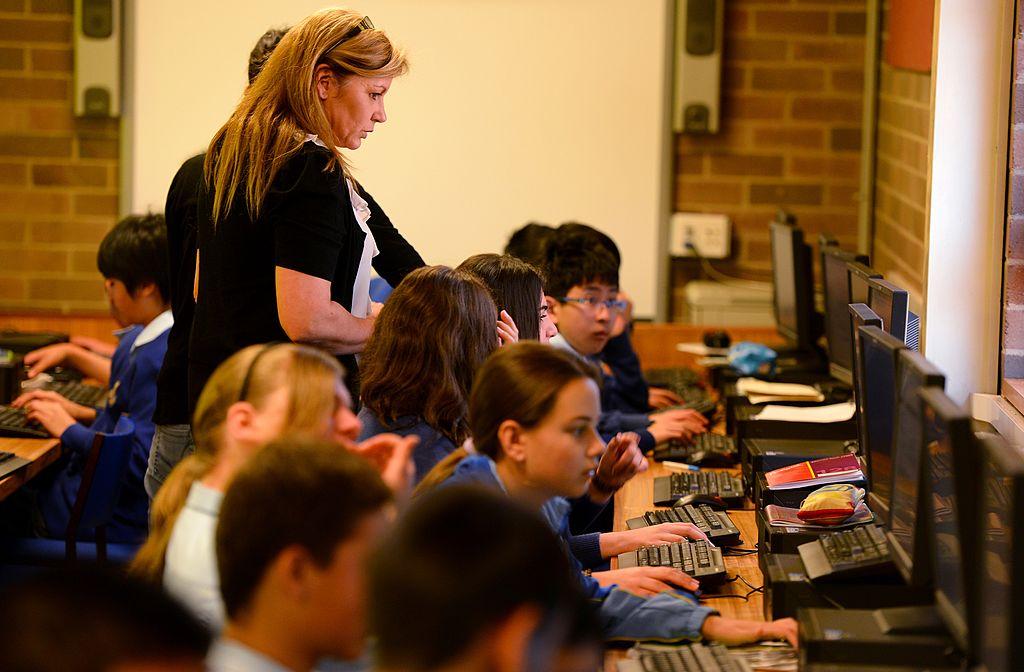Quit-smoking material must step up to better reflect Australia’s 2.5 million daily smokers because, contrary to common belief, they’re not all unemployed or less educated, according to new research.
A first-of-its-kind national study, “Who Smokes In Australia?” published in the Medical Journal of Australia on Feb. 18, shatters the stereotype of smokers as mainly disadvantaged, Indigenous, or with poor mental health, revealing the widespread impact of smoking across the entire community.





